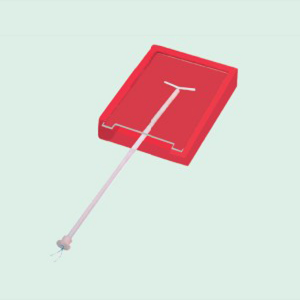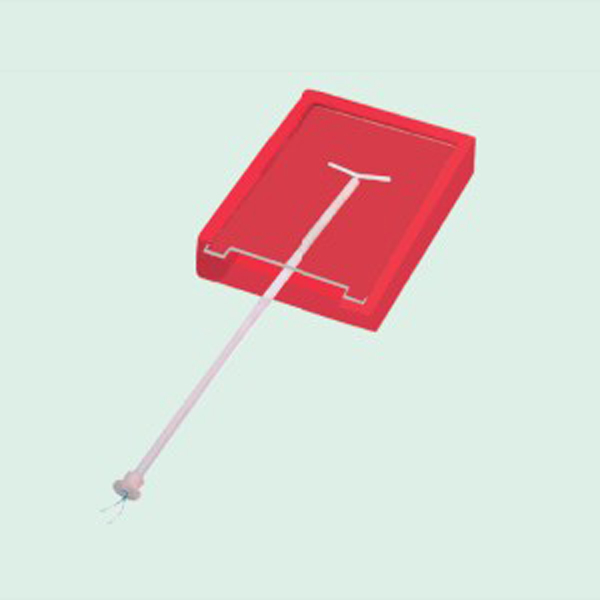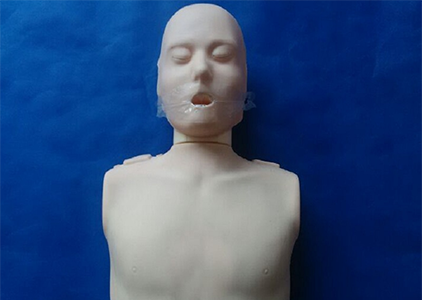
The intrauterine device (IUD) is an effective method of birth control, but there may be some side effects associated with its use. Here are some common side effects:
Menstrual changes: IUDs may cause menstrual changes such as increased menstrual flow, shorter or longer menstrual cycles, and bleeding between periods. These symptoms are usually most noticeable in the first few months after the IUD is inserted, but they usually lessen over time.
Pain: Women may experience pain or discomfort when the IUD is inserted or removed. In addition, IUDs may cause uterine cramps or lower abdominal pain.
Infection: If you do not pay attention to hygiene after inserting the IUD, or if the IUD is not placed properly, it may lead to uterine infection. Symptoms of infection include fever, lower abdominal pain, and abnormal vaginal discharge.
Falling out or shifting out of place: Sometimes an IUD can fall out or move out of place, causing birth control failure. If the IUD becomes dislodged or moves out of place, a woman may experience lower abdominal pain or discomfort.
Requires regular check-ups: Using an IUD requires regular check-ups to ensure that it is in proper position and condition. This may require additional medical visits and fees.
Although IUDs have these possible side effects, most women's symptoms gradually lessen, and IUDs remain an effective method of birth control. If you're considering using an IUD, it's a good idea to talk to your doctor about possible side effects and how to reduce these symptoms. At the same time, if you have any discomfort or concerns after using an intrauterine device, you should consult your doctor in time.
It’s important to note that while IUDs have some side effects, not all women experience these symptoms. Everyone's physical condition and reaction are different, so before using an IUD, it is best to consult a doctor to understand whether your health is suitable for using an IUD and how to deal with possible side effects. At the same time, if you have any symptoms of discomfort or suspected infection, you should seek medical advice promptly and seek advice from a doctor.
The advanced intrauterine contraceptive model BIX-F9F is an important medical teaching tool that can help medical staff and students better master the use methods and techniques of intrauterine contraceptive devices, and improve the quality and safety of medical services.
By simulating the insertion and removal process of an IUD, medical staff and students can have a deeper understanding of the contraceptive principles and usage of IUDs, and master correct operating techniques and precautions. At the same time, this model can also be used to train and assess the technical level of medical staff and improve the quality and safety of medical services.








Sophie Asveld
February 14, 2019
Email is a crucial channel in any marketing mix, and never has this been truer than for today’s entrepreneur. Curious what to say.
Sophie Asveld
February 14, 2019
Email is a crucial channel in any marketing mix, and never has this been truer than for today’s entrepreneur. Curious what to say.